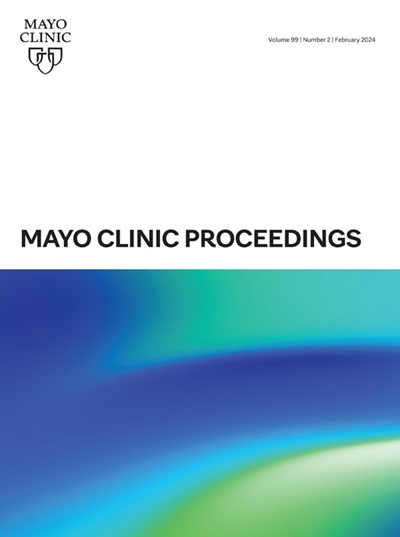Entering the Fourth Decade of the Opioid Crisis: An Institution’s Efforts to Redefine Opioid Stewardship
IF 6.7
2区 医学
Q1 MEDICINE, GENERAL & INTERNAL
引用次数: 0
Abstract
The opioid crisis in the United States has grown increasingly complex as it enters its fourth decade. Synthetic opioids and psychostimulants now contribute to significant morbidity and mortality. Despite recent declining trends in overdose deaths, they remain magnitudes higher compared with the early years of the crisis. Against this backdrop, our institution formed an Opioid Stewardship Program in 2017 with representation from multiple disciplines and across 5 US states. Our mission was to establish and to maintain opioid analgesic prescribing and monitoring best practices through the development of guidelines, risk mitigation strategies, electronic health record tools, dashboards, and leadership push reports as well as education for patients and staff. As the epidemic evolved, we shifted our focus to opioid use disorder (OUD) screening and treatment, and community engagement. We continued to keep our institutional leadership abreast of regulatory and guideline updates—keeping them accountable for upholding best practices. Work to date has yielded improvements in opioid prescribing trends, enhanced awareness and knowledge of clinic staff across disciplines, and increasing numbers of patients with OUD receiving treatment. Much remains to be done, but we remain optimistic that our ongoing efforts will drive continued improvements—ultimately saving lives and improving access to OUD treatment.
进入阿片类药物危机的第四个十年:一个机构重新定义阿片类药物管理的努力。
进入第四个十年,美国的阿片类药物危机变得越来越复杂。合成阿片类药物和精神兴奋剂现在造成了严重的发病率和死亡率。尽管最近过量用药死亡人数呈下降趋势,但与危机初期相比,这一数字仍然高出许多。在此背景下,我们的机构在2017年成立了一个阿片类药物管理计划,由来自美国5个州的多个学科的代表组成。我们的任务是通过制定指南、风险缓解战略、电子健康记录工具、仪表板和领导推动报告以及对患者和工作人员的教育,建立和维持阿片类镇痛药处方和监测最佳做法。随着疫情的发展,我们将重点转移到阿片类药物使用障碍(OUD)的筛查和治疗以及社区参与上。我们继续使我们的机构领导层了解最新的法规和指导方针,使他们对维护最佳实践负责。迄今为止的工作已经改善了阿片类药物的处方趋势,提高了跨学科临床工作人员的认识和知识,并且越来越多的OUD患者接受治疗。还有许多工作要做,但我们仍然乐观地认为,我们正在进行的努力将推动持续改善,最终挽救生命并改善OUD治疗的可及性。
本文章由计算机程序翻译,如有差异,请以英文原文为准。
求助全文
约1分钟内获得全文
求助全文
来源期刊

Mayo Clinic proceedings
医学-医学:内科
CiteScore
16.80
自引率
1.10%
发文量
383
审稿时长
37 days
期刊介绍:
Mayo Clinic Proceedings is a premier peer-reviewed clinical journal in general medicine. Sponsored by Mayo Clinic, it is one of the most widely read and highly cited scientific publications for physicians. Since 1926, Mayo Clinic Proceedings has continuously published articles that focus on clinical medicine and support the professional and educational needs of its readers. The journal welcomes submissions from authors worldwide and includes Nobel-prize-winning research in its content. With an Impact Factor of 8.9, Mayo Clinic Proceedings is ranked #20 out of 167 journals in the Medicine, General and Internal category, placing it in the top 12% of these journals. It invites manuscripts on clinical and laboratory medicine, health care policy and economics, medical education and ethics, and related topics.
 求助内容:
求助内容: 应助结果提醒方式:
应助结果提醒方式:


